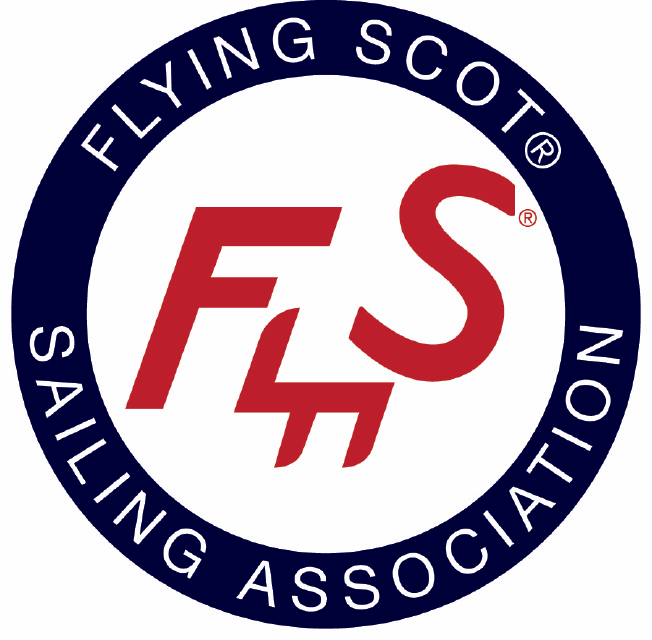FSSA Wind and Racing Guidelines
The Flying Scot Class has established wind and sailing guidelines. These are guided by both safety and the nature of this particular boat and are the result of many hours of discussion and experience.
How many of you reading this know:
1) that FSSA has official wind guidelines regarding racing?
and
2) what those guidelines are?
Do you know where to find them? here Have you discussed them with your fleet members or referred to them during an invitational regatta?
After competing at the NACs in Newport, and again in Sandusky (Sandusky!!) and then the Midwinters at Ft. Walton in 2022, I had had enough. The wind at these events was way above the class limits (as anyone who was there will tell you). Sails flogging, boat way up on its ear, me valiantly hiking each entire hour-long race (of which at Ft. Walton there were four in one day!); this was not racing, this was survival. Stick a fork in me, I was done. If this was Flying Scot sailing, it was no longer for me.
So I wrote to our then-class president, Nancy Claypool. My main message was only this; if the class culture was changing in favor of very heavy wind, in which two large, young men could fare just fine but the rest of us struggled, then that was okay. Just let’s make that official, because until that situation changed, I was no longer participating in national events.
Nancy’s response was to put me on a committee to investigate our class guidelines and what we could do to hold more humane, and fair events. For the last year or so, eight sailors, all of whom travel regularly to national events, met for hours on zoom, going down various rabbit holes of Beaufort Scale, the impact of air temperature on wind pressure, how to most accurately measure wind and more.
Another important issue we discussed is that PROs often feel (consciously or not) that they haven’t done their job if they don’t run the maximum number of races listed in the NOR. Admittedly, being a PRO can be a thankless task. There will almost always be lots of backseat driving (though I will say I have rarely if ever heard this kind of grumbling among Scot sailors...) and the PRO feels that if they squeeze in every race (no matter the conditions), then no one can grumble.
Our message here, though, as a class, is quality over quantity.
Ultimately, we determined that it was not necessarily the guidelines that needed to be changed, at least not yet. It was a matter of communicating the existence of these guidelines to the regatta organizers, the PRO, and the competitors, because:
in every high-wind instance that I mentioned above, there was a disconnect between the regatta organizers and those calling the shots on the water.
The FSSA sailing condition guidelines (you can download them here) do no good if no one knows about them. Very often these days our PROs are not regular Flying Scot racers, but people who come from other classes with their own ideas of reasonable sailing/racing conditions for the boats they are familiar with.
It is our job as a class to tell them what our guidelines — that others worked so hard to establish — are.
Our hope is that when you read this article you will print the sailing condition guidelines from the FSSA website, attach it to your club’s fleet page and hand it to your fleet captain, the PRO at your next event and, ideally, every competitor as well.
We also hope that if you are the RC chair for your regatta, that you will talk to your PRO very explicitly about these guidelines and that you will tell the PRO and the participants that you or another member of your fleet will be the contact between the PRO and the racers. If they have questions or concerns about whether the conditions fit our guidelines they can reach out to you on the water via radio.
As we all experience more extreme weather conditions, we must become more familiar with the class guidelines, in order to have safe and fair competitions.
And finally, I will note that the very first line in the wind guidelines document is this: The Flying Scot Class gathers at regattas to crown a champion but also for everyone to have fun.
Go have fun!

